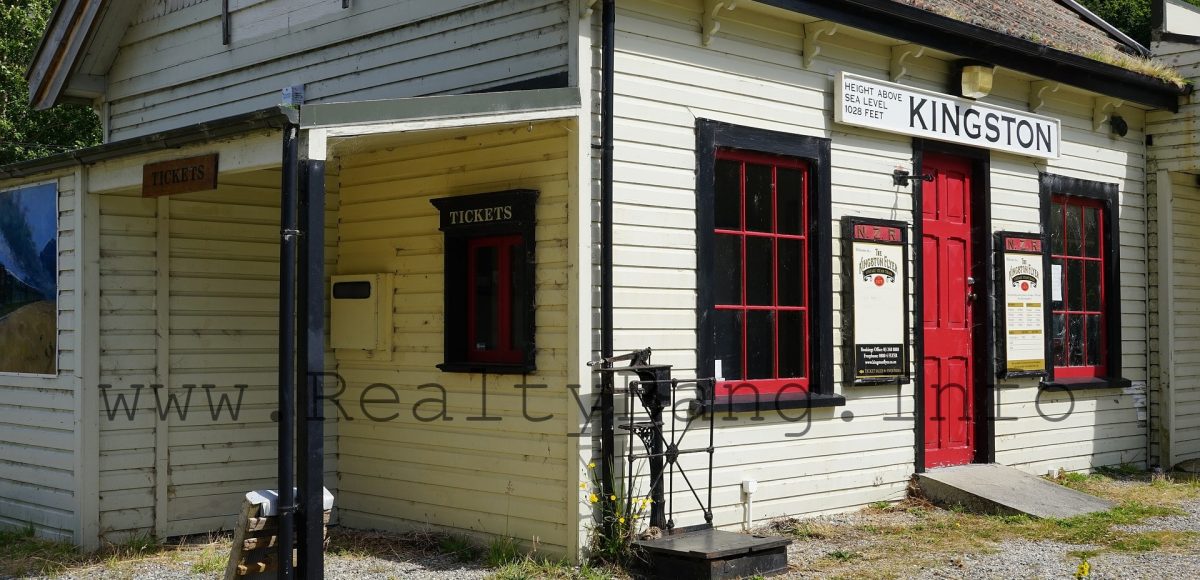Identifying Promising Business Locations: A National Overview

Table of Contents
Analyzing Demographic Trends for Ideal Business Locations
Understanding the demographic landscape is paramount for successful business location selection. Factors such as population growth, age distribution, income levels, and consumer spending directly impact your potential customer base. Consider these key aspects when analyzing demographics:
-
Population density and growth rates: Are you targeting a rapidly expanding area with high population growth, suggesting a larger potential customer pool? Areas with strong population growth often indicate a robust and dynamic market. Look for data reflecting not just current population but also projected growth rates.
-
Age distribution: Does your target market align with the area's demographics? A business catering to young families will thrive in areas with a high concentration of families, while a retirement community-focused business should be located where the senior population is significant. Understanding age distribution allows you to tailor your marketing efforts and ensures your business reaches the right audience.
-
Household income and spending patterns: Can the local population afford your products or services? Analyzing median household income, disposable income, and consumer spending habits provides valuable insights into the purchasing power of your potential customers. This is crucial for pricing strategies and determining market viability.
-
Education levels: Are there skilled workers available in the area? High education levels often correlate with a skilled workforce, which is particularly important for businesses requiring specialized talent. Consider the educational attainment levels and the availability of skilled labor when choosing a business location.
Example: A tech startup might prioritize areas with a high concentration of young, educated professionals, offering a ready pool of potential employees and customers.
Assessing Economic Factors in Promising Business Locations
The economic health of a region significantly impacts business viability. Evaluating economic indicators helps determine the stability and growth potential of your chosen location. Key factors to consider include:
-
Unemployment rates: A low unemployment rate signifies a strong labor market, making it easier to attract and retain employees. A robust local economy often translates into a greater potential customer base with higher purchasing power.
-
Cost of living: This impacts both your operating costs (rent, utilities, etc.) and your ability to attract employees. Areas with high costs of living may require higher compensation, affecting profitability. Analyzing the cost of living is essential for budget planning.
-
Tax incentives and government support for businesses: Can you access grants or tax breaks? Many local and state governments offer incentives to attract businesses, potentially reducing startup costs and boosting profitability. Research available tax breaks and business support programs to maximize your financial advantages.
-
Local infrastructure: Reliable transportation, utilities, and internet access are essential for smooth business operations. Access to reliable infrastructure is often overlooked but crucial for daily efficiency and long-term growth.
Example: States with favorable tax policies for small businesses, like reduced corporate tax rates or property tax abatements, can be particularly attractive locations.
Evaluating the Competitive Landscape in Your Chosen Business Location
Thorough competitive analysis is vital. Understanding the existing competition helps determine your market share potential and your unique selling proposition (USP).
-
Number of existing businesses in your industry: Is the market saturated? A highly competitive market may require a more robust marketing strategy and a stronger USP to stand out. Assess the level of competition to understand your chances of success.
-
Competitors' strengths and weaknesses: How can you differentiate yourself? Understanding your competitors' offerings, pricing, and marketing strategies helps you identify opportunities to stand out and gain a competitive edge.
-
Market demand: Is there sufficient demand for your product or service? Market research helps determine the overall demand in your target area and whether your business can attract enough customers to be profitable.
-
Identify potential niche markets: Can you cater to underserved customer segments? Identifying gaps in the market allows you to create a niche for your business, potentially reducing direct competition.
Example: A restaurant in an area already saturated with similar establishments needs a strong unique selling proposition (e.g., unique cuisine, exceptional service, specific ambiance) to attract customers and build a loyal customer base.
Utilizing Resources for Identifying Promising Business Locations
Several resources can streamline your search for ideal business locations. Leveraging these resources will improve the accuracy of your analysis and lead to better-informed decisions:
-
Government websites offering demographic and economic data: Government sources like the U.S. Census Bureau provide detailed demographic data, economic forecasts, and information on local tax incentives.
-
Industry-specific reports and market research firms: Industry reports offer insights into market trends, competitive landscapes, and potential opportunities.
-
Local chambers of commerce and economic development agencies: These organizations offer valuable local insights, including information on available properties, incentives, and potential challenges.
-
Online databases providing business location intelligence: Numerous online platforms provide comprehensive data and tools for business site selection.
Example: The U.S. Census Bureau provides detailed demographic data for various regions, including population size, age distribution, income levels, and education attainment—all crucial factors to consider when identifying promising business locations.
Conclusion
Identifying promising business locations requires a comprehensive approach, considering demographic trends, economic factors, and the competitive landscape. By carefully analyzing these aspects and utilizing available resources, you can significantly increase your chances of establishing a thriving business. Don't delay your success – start your search for the perfect location today and begin your journey to finding the most promising business locations for your venture! Remember that effective business location selection is an ongoing process requiring consistent monitoring and adaptation.

Featured Posts
-
 Malcolm In The Middle Cast Reunion Frankie Muniz Bryan Cranston And Jane Kaczmarek Reunite
May 29, 2025
Malcolm In The Middle Cast Reunion Frankie Muniz Bryan Cranston And Jane Kaczmarek Reunite
May 29, 2025 -
 Unexpected Dismissal Aussie Woman Reveals All
May 29, 2025
Unexpected Dismissal Aussie Woman Reveals All
May 29, 2025 -
 Queensland Music Awards Faces Backlash Over Antisemitic Incident
May 29, 2025
Queensland Music Awards Faces Backlash Over Antisemitic Incident
May 29, 2025 -
 Alastqlal Msyrt Ndal Wtarykh Mjd
May 29, 2025
Alastqlal Msyrt Ndal Wtarykh Mjd
May 29, 2025 -
 Upcoming Horror Movie Sinners Louisiana Setting
May 29, 2025
Upcoming Horror Movie Sinners Louisiana Setting
May 29, 2025
